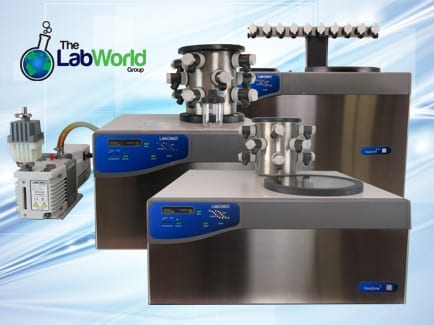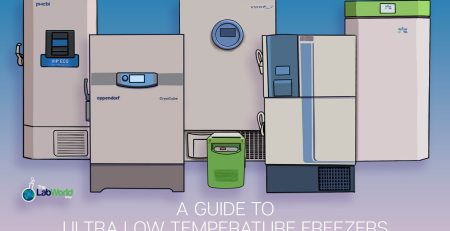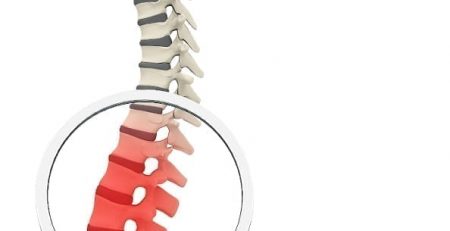Finding the Lyophilizer That’s Right for You
Lyophilization, also known as freeze drying, is a process used for preserving biological material by removing water from the sample. Machines known as lyophilizers (also commonly referred to as freeze dryers) execute this process, freezing the material in the sample, then reducing the pressure and adding heat to extract the frozen water.
As with many types of lab equipment, it’s important to note that not all lyophilizers are created equal. There are actually a number of different varieties, and it’s important to educate yourself on their differences to ensure you invest in the piece of equipment that best suits the needs of your lab.
Laboratory Freeze Dryers vs. Production Freeze Dryers
Laboratory freeze dryers are capable of performing a number of applications, from removing a simple solvent to performing Phase I clinical trials. While their capabilities are diverse, their shelf area is typically very small, up to 1 square meter at most. Here’s an example of a Labconco Freezone 2.5 Lyophilizer
Production freeze dryers, on the other hand, are typically used to process the same or a limited number of different products at a higher volume. They also have a much larger shelf area (up to 40 square meters) and are typically used during Phase 2 and Phase 3 clinical trials.
It’s important to take into consideration the number of different samples you’ll be processing in the lyophilizer, as well as the necessary throughput your lab will require before purchasing a piece of equipment.
Non-Sterile Freeze Dryers vs. Sterilizable Freeze Dryers
Certain fields, such as the pharmaceutical field, for example, may require sterilization between freeze drying cycles. Not only that, but there are different sterilization methods to consider as well. Pressurized steam sterilization can cause complications and increase cost, while the hydrogen peroxide method is typically less expensive.
Bulk Shelves vs. Stoppering Shelves
Bulk style shelves are fixed in place, while stoppering units have movable shelves, which allows for a variety of configurations. The latter is also commonly used to compress the stoppers of vials under vacuum conditions. If your samples will more than likely be the same size, and won’t require additional compression, bulk shelves may be a viable option, however, if this isn’t the case, benefiting in stoppering shelves may ultimately be more beneficial. Click here – to see our active freezer dryer inventory














